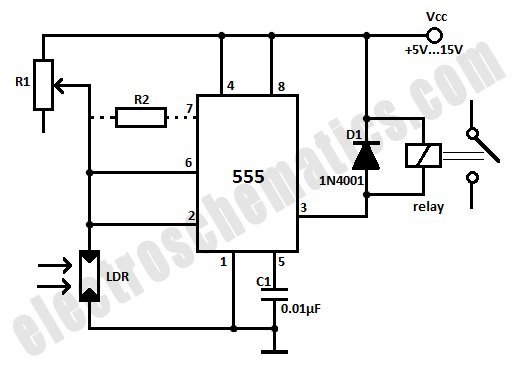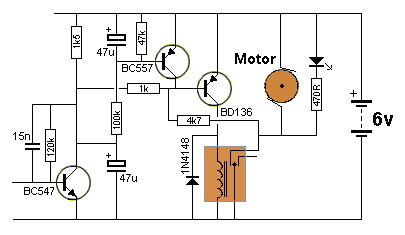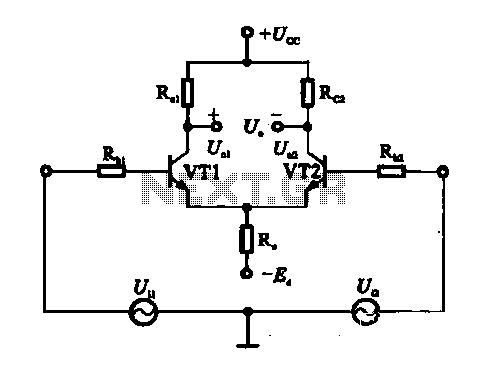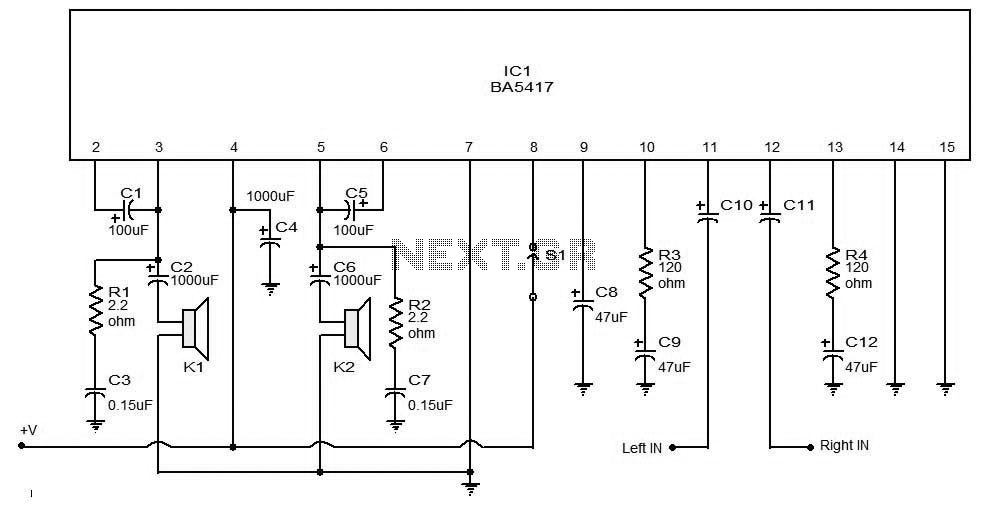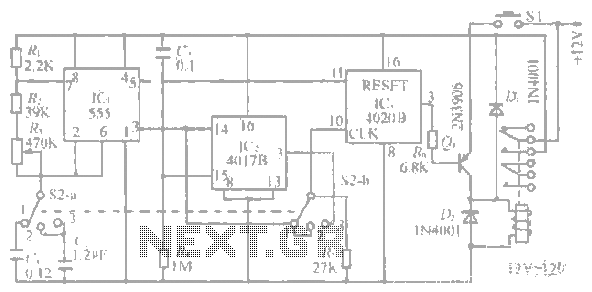
Application of the differential amplifier circuit OTL amplifier circuit

Application of the differential amplifier circuit in OTL amplifier circuits.
The differential amplifier circuit is a fundamental building block in various electronic applications, particularly in output transformerless (OTL) amplifier circuits. An OTL amplifier is designed to drive loads directly without the use of transformers, which can introduce unwanted frequency response changes and distortion.
In an OTL amplifier, the differential amplifier plays a critical role by amplifying the difference between two input signals while rejecting any common-mode signals. This characteristic is essential for achieving high fidelity in audio applications, where noise and interference can significantly degrade signal quality. The differential amplifier typically consists of a pair of transistors configured in a way that allows for balanced input and output characteristics.
The differential amplifier circuit can be implemented using bipolar junction transistors (BJTs) or operational amplifiers (op-amps). In the case of BJTs, the circuit configuration often includes resistors for biasing and feedback, ensuring stable operation and linearity. The output stage of the OTL amplifier may utilize complementary push-pull configurations to enhance efficiency and drive capability.
In practical applications, the differential amplifier's gain can be adjusted through feedback mechanisms, allowing for fine-tuning of the output signal. Additionally, the design may incorporate capacitive coupling to block DC offsets, ensuring that the amplifier only processes AC signals, which is particularly important in audio applications.
Overall, the integration of a differential amplifier in an OTL amplifier circuit enhances performance by providing a robust means of signal amplification while maintaining high linearity and low distortion, making it suitable for high-quality audio reproduction.Application of the differential amplifier circuit OTL amplifier circuit
The differential amplifier circuit is a fundamental building block in various electronic applications, particularly in output transformerless (OTL) amplifier circuits. An OTL amplifier is designed to drive loads directly without the use of transformers, which can introduce unwanted frequency response changes and distortion.
In an OTL amplifier, the differential amplifier plays a critical role by amplifying the difference between two input signals while rejecting any common-mode signals. This characteristic is essential for achieving high fidelity in audio applications, where noise and interference can significantly degrade signal quality. The differential amplifier typically consists of a pair of transistors configured in a way that allows for balanced input and output characteristics.
The differential amplifier circuit can be implemented using bipolar junction transistors (BJTs) or operational amplifiers (op-amps). In the case of BJTs, the circuit configuration often includes resistors for biasing and feedback, ensuring stable operation and linearity. The output stage of the OTL amplifier may utilize complementary push-pull configurations to enhance efficiency and drive capability.
In practical applications, the differential amplifier's gain can be adjusted through feedback mechanisms, allowing for fine-tuning of the output signal. Additionally, the design may incorporate capacitive coupling to block DC offsets, ensuring that the amplifier only processes AC signals, which is particularly important in audio applications.
Overall, the integration of a differential amplifier in an OTL amplifier circuit enhances performance by providing a robust means of signal amplification while maintaining high linearity and low distortion, making it suitable for high-quality audio reproduction.Application of the differential amplifier circuit OTL amplifier circuit
